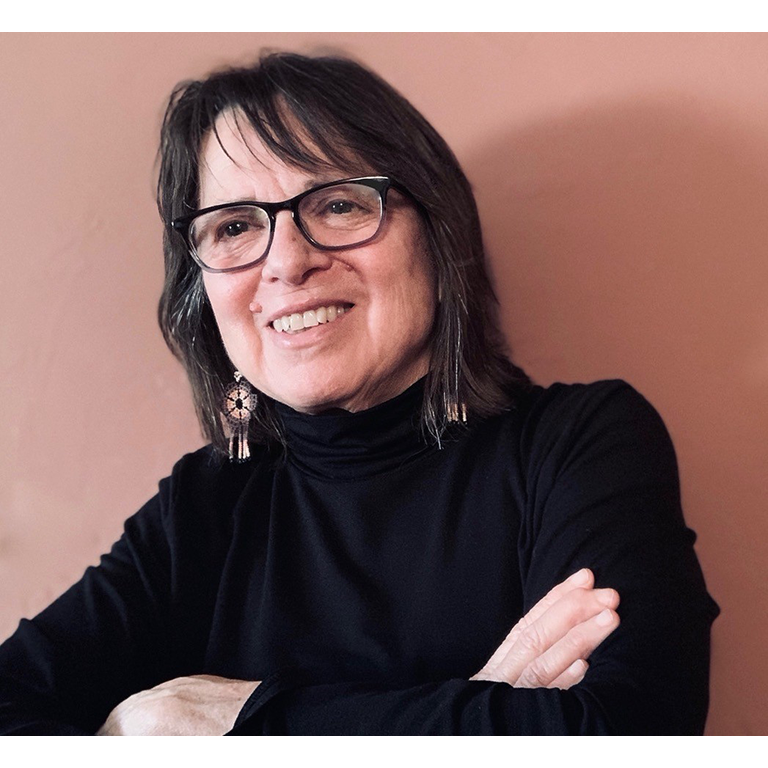Author, playwright, director and longtime queer Chicana activist Cherríe Moraga has been a social, cultural and political instigator of the finest sort since the early 1980s when she famously collaborated with Gloria Anzaldúa to co-edit This Bridge Called My Back: Writings by Radical Women of Color, a volume that remains a central point of intellectual and affective reference in numerous fields. Moraga is currently a Distinguished Professor of English at the University of California Santa Barbara (UCSB) and co-founder and co-director, with Cecilia Herrera Rodríguez, of Las Maestras Center for Xicana Indigenous Thought, Art, and Social Praxis, also based at UCSB.
’Unbound Tongues,’ Radical Women of Color Feminism Revisited
Forty years after the creation and first publication of This Bridge Called My Back: Writings by Radical Women of Color, its co-editor, Cherríe Moraga, will speak to the enduring influence of the anthology and U.S. women of color feminisms in the face of what she calls the neocolonization of critical public discourse. The lecture will illustrate what gets lost and what gets discovered by ‘walking and talking’ an intersectional freedom road for any soul who suffers white supremacist heteropatriarchy intimately and/or institutionally. As a critical race theorist and Chicana feminist poet-playwright, Moraga will address material and metaphysical considerations in a series of meditations on our threatened planet, gendered and racist violence, as well as the requirements toward a redemptive worldview and praxis.
The William T. Patten Foundation
The William T. Patten Foundation provides funds to bring distinguished scholars or practitioners in the sciences, the humanities and the arts to the Bloomington campus for a week. The foundation has brought over 150 scholars of extraordinary national and international distinction since 1937, making it the oldest lecture series at Indiana University. Lecturers are chosen by a campus-wide faculty committee.
William T. Patten graduated in 1893 with a Bachelor of Arts in history from IU. He then moved to Indianapolis and led a successful career in real estate and politics. He created an endowment for the university in 1931, with the purpose of bringing renowned leaders to the Bloomington campus.
Having trouble viewing the stream? Click here to go directly to the video.

